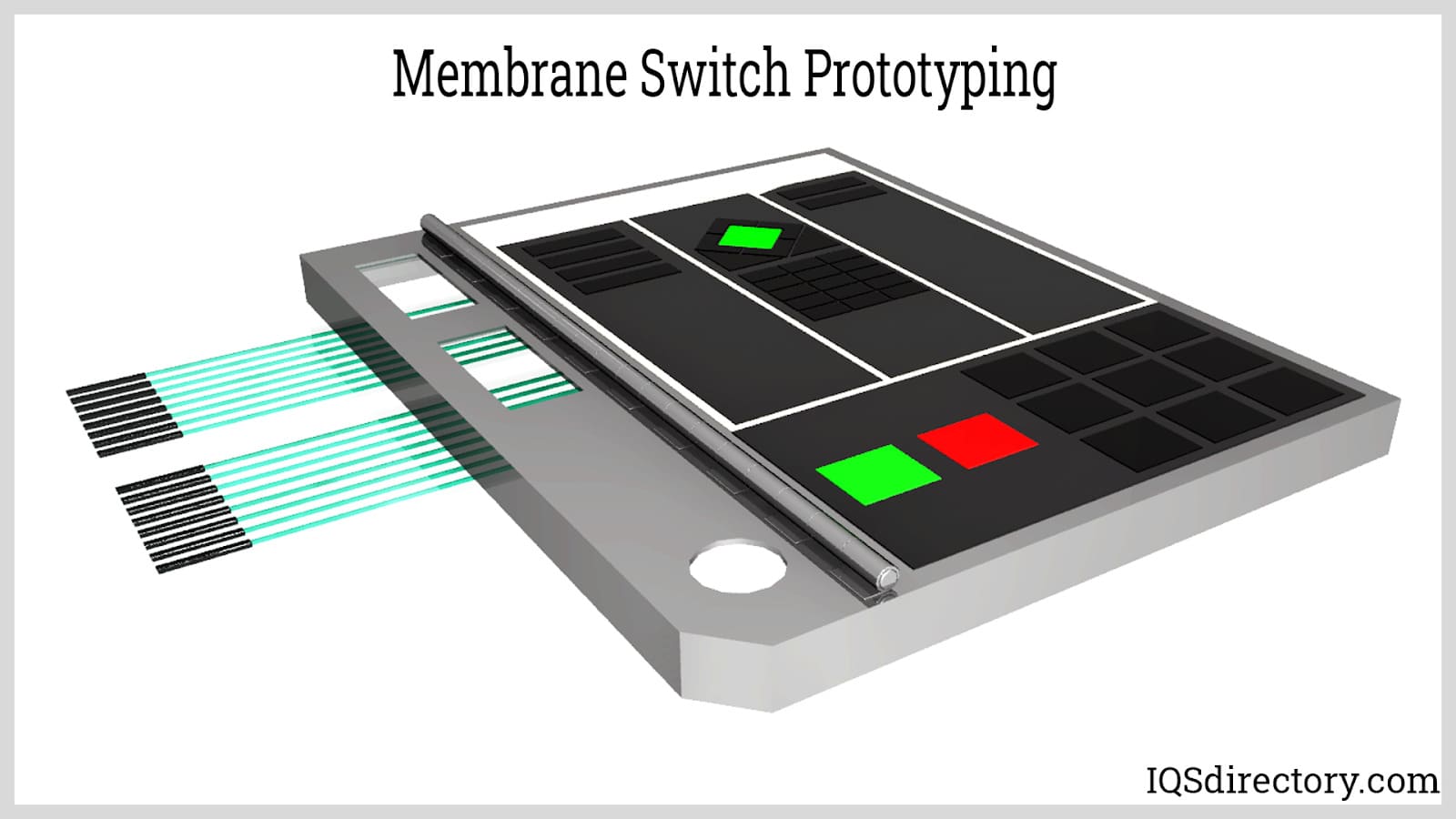Explore Various Sorts Of Membrane Switch Technologies for Your Demands
Explore Various Sorts Of Membrane Switch Technologies for Your Demands
Blog Article
Recognizing the Capability of Membrane Changes for User Interface Instruments
The performance of membrane layer changes stands for a significant improvement in customer interface style, combining efficiency with visual adaptability. As sectors significantly prioritize customer experience, understanding the nuances of membrane switch technology ends up being vital.
What Are Membrane Layer Buttons?
Membrane layer buttons are cutting-edge interface gadgets that assist in user communication with electronic devices. These flexible parts include multiple layers, including a graphic overlay, spacer, and a printed circuit layer. The design permits a seamless integration into different digital devices, enhancing both the visual and functional facets of individual interfaces.
Membrane layer switches are commonly employed in a vast array of applications, from house home appliances to industrial machinery and medical devices. Their building normally features a thin profile, making them an ideal selection for portable styles. The tactile feedback supplied by these switches can be crafted to meet specific customer preferences, guaranteeing efficient communication in between the customer and the tool.
Sturdiness is one more substantial advantage of membrane switches, as they are immune to dirt, dampness, and chemicals, which boosts their life-span popular environments. Additionally, these buttons can be personalized in regards to shape, size, and graphic layout, permitting branding and user-specific features. In general, membrane layer changes represent a functional option for enhancing customer experience in electronic tools, combining performance with visual charm in a reliable manner.
Exactly How Membrane Layer Switches Over Job
Operating on a simple concept, membrane switches over utilize a layered building to sign up individual input effectively. Each button includes multiple layers, including a published circuit layer, a spacer layer, and a leading graphic layer, which are made to interact perfectly. When an individual presses the leading layer, it compresses the spacer layer, bringing the conductive elements of the circuit layer into call with each various other.
This call produces a shut circuit, signaling the gadget to carry out a specific function. The design enables for different arrangements, including responsive comments, which can boost the customer experience by offering a physical experience upon activation. The materials utilized in membrane layer switches often consist of adaptable substratums, such as polyester or polycarbonate, which make certain resilience and durability against deterioration.

Key Advantages of Membrane Layer Buttons

An additional considerable advantage is their density. Membrane buttons are thin and lightweight, which makes it possible for suppliers to save area in their devices without giving up performance. This attribute is specifically useful in applications where weight and quantity are vital considerations.
Furthermore, membrane switches are resistant to our website dirt, moisture, and chemicals, improving their resilience. This strength extends their life expectancy and reduces the need for regular substitutes, resulting in expense financial savings in time.
Furthermore, the responsive comments offered by browse around this site membrane layer buttons can be maximized to enhance customer interaction. They can include functions such as elevated buttons or audible clicks, boosting functionality and individual experience.
Applications Across Industries
Individual user interface tools making use of membrane layer switches are prevalent in a broad array of markets, showcasing their adaptability and functionality. Membrane Switch. In the clinical market, membrane layer switches are important to devices such as analysis equipment and person monitoring systems, where their longevity and convenience of cleansing are critical for maintaining health criteria. Likewise, in the vehicle industry, these buttons are employed in control panel controls and infotainment systems, offering a sleek and modern-day interface for customers.
In addition, the customer electronics sector take advantage of membrane buttons in devices and portable devices, where compact style and straightforward user interfaces boost individual experience. Industrial applications additionally utilize membrane layer switches for control board in machinery and automation systems, emphasizing their toughness and resistance to severe environments.
In the aerospace and protection sectors, membrane layer buttons are utilized in cabin controls and equipment, where dependability and performance under extreme problems are paramount. In addition, the pc gaming sector increasingly incorporates membrane layer buttons in controllers and gallery equipments, adding to an appealing individual experience. Overall, the adaptability of membrane changes allows their widespread usage across numerous sectors, highlighting their relevance in modern-day interface design.
Future Patterns in Membrane Switch Over Innovation

Furthermore, using innovative products, such as polycarbonate and polyester films, is anticipated to climb, offering boosted toughness and resistance click over here to ecological stress factors. These materials contribute to the total long life of membrane layer switches, making them suitable for harsher commercial applications.
Additionally, the incorporation of wise innovation, including IoT connectivity, will certainly enable membrane layer switches to connect with various other tools and systems, helping with an extra interactive individual experience. This fad straightens with the expanding need for smart devices across numerous fields, from health care to consumer electronic devices.
Last but not least, personalization alternatives are expected to increase, enabling producers to develop bespoke solutions tailored to details customer requirements and choices. These advancements will place membrane switches as vital parts in the advancement of individual interface modern technology.
Final Thought
In final thought, membrane changes stand for a critical development in user interface modern technology, supplying a reputable and flexible solution for diverse digital applications. As innovations in material scientific research and touch picking up modern technologies continue, the functionality and applicability of membrane buttons are anticipated to expand, strengthening their value in modern-day electronic tools.
Report this page